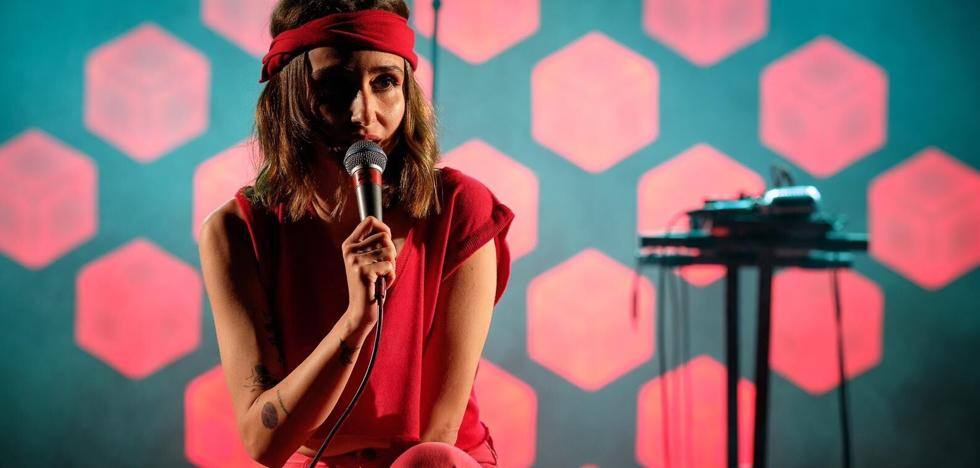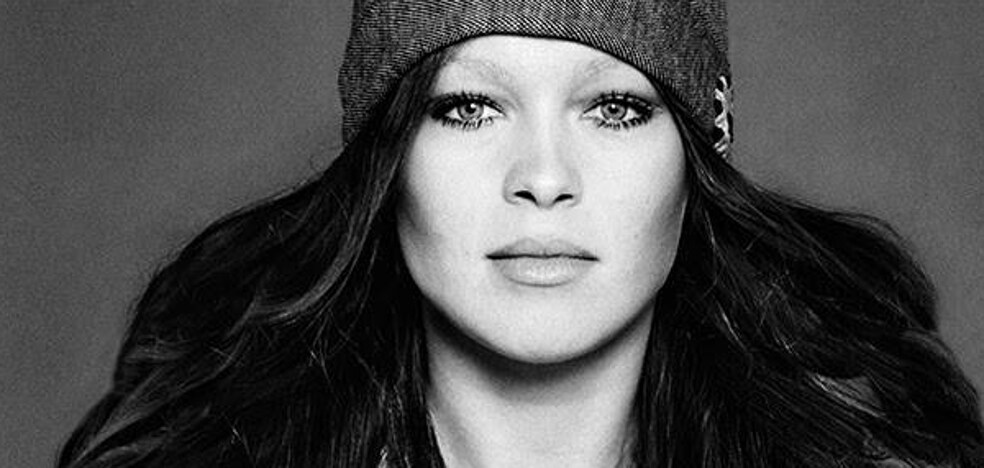The art gallery, which houses twenty-three works by the Valencian genius, displays a number of never-before-seen portraits restored in the art gallery’s workshop for the centenary of the painter
Joaquín Sorolla y Bastida (1863-1923) triumphed above all as a portrait painter. In anticipation of its first centenary, the Prado Museum celebrates the immense talent of the Valencian genius for this demanding genre by exhibiting 18 portraits, some of which have never been exhibited in its halls before. The museum has a wonderful collection of ‘sorollas’, with iconic fabrics such as ‘They still say fish is expensive!’ and Boys on the Beach. They are two milestones among the 23 works by Sorolla that the Prado cherishes, a dozen of which are usually on display.
Javier Barón, head of 19th-century painting at the art gallery, is the curator of “Portraits of Sorolla,” which will be on display until June 18. He rescued some of Sorolla’s lesser-known portraits from warehouses, now on display in Room 60 of the museum, along with three recent acquisitions: the portraits of Manuel Bartolomé de Cossío, Francisco Giner de los Ríos and Aureliano de Beruete, whom she hang out in the adjoining room 60A.
“The set offers a complete picture of the evolution of the portraitist Sorolla, who became an international reference in the genre in the first half of the 20th century,” emphasizes Barón. Sorolla excelled at portraits “both by the number of works and by their quality,” emphasizes the curator, who recalls how Sorolla’s youthful work with the photographer Antonio García “acquainted him with meticulously capturing nature.” It was instrumental in his training and progress until he became one of the great portrait painters of his time.
The Prado paid 80,000 euros for the portrait of Manuel Bartolomé de Cossío, a leading critic and intellectual, member of the museum’s first board of trustees, and author of the first major monograph on El Greco, published the same year Sorolla painted him. It is not surprising that the Valencian artist depicts him in the background with the ‘Knight with his hand on his chest’.
Thanks to a temporary loan from the Giner de los Ríos Foundation, the portrait of the philosopher and educator is on display, acquired for 25,000 euros and dedicated to Cossío himself, who succeeded him as head of the Institución Libre de Enseñanza. Both portraits left Spain after the civil war “and now they have been found for our heritage,” congratulated Miguel Falomir, director of the Prado. Both were bought from the heirs of the subjects and restored in the Prado workshops. Another outstanding member of that intellectual and educational project was Aureliano de Beruete Jr., who in 1920, during his time as director of the Prado (from 1918 to 1922), created the first room dedicated to El Greco and whose portrait the trio of intellectuals complete.
Sorolla maintained an intense relationship with the initiators of the Institución Libre de Enseñanza. Among them are writers such as Rafael Altamira y Crevea or Jacinto Felipe Picón y Pardiñas, whose portraits are among the canvases never exhibited and rescued from the Prado shops. They are exhibited along with those of Ramón Piña y Millet, on loan from the Malaga Museum where it is in storage, where it will return restored.
Sorolla also had connections with painters such as Martín Rico – whose portrait was also acquired by the Prado this year and is exhibited in room 62A, dedicated to the portraits of 19th-century artists – and with doctors such as Francisco Rodríguez de Sandoval or Joaquín Decref , whose portraits are also little known.
Sorolla’s contribution to portraiture often reveals his inspiration in the old masters, especially Velázquez, as shown in the 2009 exhibition dedicated to him by the Prado. ‘ and in ‘The actress María Guerrero as the foolish lady’. It can also be seen in the black and gray tones of ‘El pintor Aureliano Beruete’ and in ‘María Teresa Moret’, according to Barón.
« Sorolla’s male portraits develop a cast of the intellectual society of his time. He is an individual painter who shows what each character is like,” explains Barón. In the portrait of a woman «Sorola showed a special sensuality», clearly visible in ‘Mercedes Mendeville’ and in ‘María de los Ángeles Beruete y Moret’. Both works, examples of depictions of ladies from the great world, “indicate the artist’s attention to the requirements of the genre,” Barón points out.
For other distinguished ladies such as María Teresa Moret, a friend of the painter and his family, or Ella Sligmann, wife of a well-known antiquarian, “he was able to offer an elegant and precise interpretation with a fine chromatic sensitivity of blacks, grays and white”. He also stood out as a portrait painter of children, witness the portraits of his cousin Jaime García Banús and María Figueroa.
Source: La Verdad
I am David Jackson, a highly experienced professional in the news industry. I have been working as an author at Today Times Live for over 10 years, and specialize in covering the entertainment section. My expertise lies in writing engaging stories that capture readers’ attention and deliver timely information about the latest developments.



